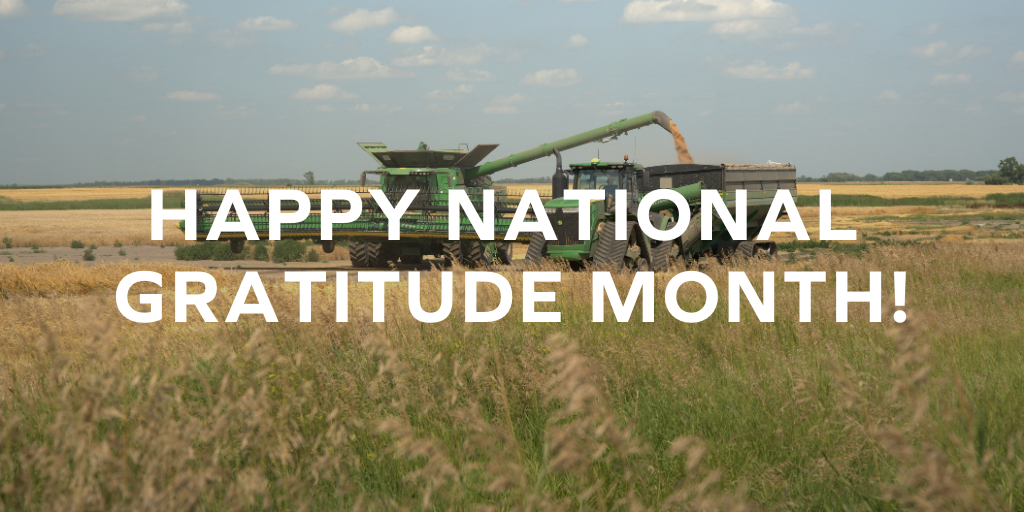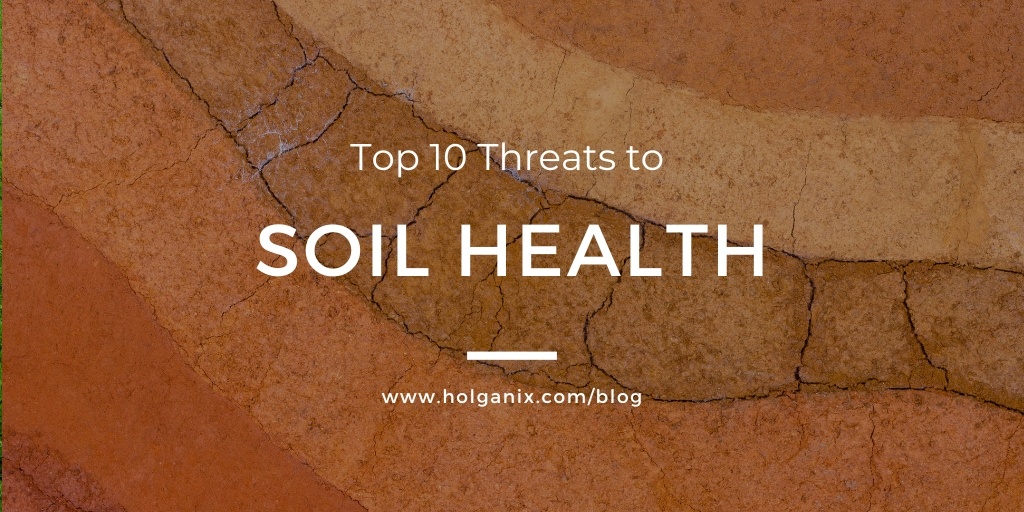-2.jpg?width=628&height=314&name=Blog%20headers%20%232%20(3)-2.jpg)
Let’s begin with the essential truth: what’s good for soil health isn’t just good for the earth– it’s good for business. Beneath every acre lies an unseen profit engine that converts biology into balance sheet gains. When soil thrives, farmers, corporations and even national economies thrive with it. Healthy soil is not a cost center; it’s a compounding asset that grows stronger year after year driving yield, efficiency, and resilience.
From Just Doing Good to Really Doing Well
For decades “sustainability” was framed as the moral counterweight to profitability — a noble expense tolerated in good times. But today’s data flips that idea on its head. Regeneration isn’t charity; it’s competitive strategy.
Think of agricultural soil as the original biological factory — a trillion-microbe engine powered by carbon cycling, water retention, and nutrient exchange. When that living system is efficient, outputs rise, inputs fall, and externalities shrink. Less fertilizer. Less fuel. Fewer passes across the field. More yield, better quality of yield, more water security, more stability.
This is biology as economics, nature as the most sophisticated factory floor on the planet.
For Farmers: Efficiency that Pays
For farmers, the math is straightforward and joyfully logical: fewer inputs, greater yield, and improved quality per acre.
Healthier soil means:
- Cost savings on reduced chemical inputs
- Better quantity and quality yields
- Reduced irrigation, energy costs, and labor -- lower overhead.
- Better Water infiltration and retention
- Less wear and tear on equipment extends asset life and saves diesel costs and impact.
- Higher land value and unlocks better financing terms.
Together, these form a rare phenomenon in modern agriculture — a natural hedge against market volatility and climate disruption alike. They also create continuity, giving farmers and their families the foundation to plan, invest, and build for the next generation.
For Companies: Resilient Supply Chains Start Underground
For corporations, soil health represents a new class of infrastructure investment. It strengthens supply chain stability, reduces exposure to environmental and regulatory risk, and provides the third-party verifiable data transparency now demanded by CFOs, insurers, and investors.
Resilient soil systems underpin hardy and adaptable corporate systems. In a global economy now valuing both ESG accountability and long-term resource planning, the biology beneath the surface becomes the foundation of business continuity. Because in the end, continuity of supply is only as strong as the land it’s built on.
For Economies: The Most Undervalued Asset In America
Now let’s zoom out further to consider the national balance sheet. Soil is perhaps the most undervalued asset in our US economy.
Soil grabs and employs carbon, stores and distributes water, buffers drought, sustains biodiversity, and anchors rural communities. When we hear about a grower in Indiana improving their margin by $270 per acre with better investment in their soil, of course we immediately multiply that amount by their total farm acres for farm family impact. We also need to also think about what that that economic benefit means spread across the 250,000 acres in that county or over 15m ag acres in the state. The numbers get really big really fast..
A modest improvement in soil health across America’s 900 million farmed acres could yield tens of billions in additional productivity and savings — while reducing -big weather and other climated related risks that show up in real dollars all while forging more robust local economies. Yet none of this wealth creation – actual or potential – is calculated in as a GDP strategy, despite the undeniable capacity to generate trillions in downstream value across food, energy, and finance.
The Rare Alignment of Ecology and Economy
Regenerative practices increase efficiency while lowering volatility. They allow private actors — farmers, agribusinesses, and financiers — to profit from positive externalities. It’s the rare alignment of ecology and economy. Each dollar spent improving soil health returns value through higher yields, lower operating costs, reduced insurance exposure, and greater protection from global shocks.
Across the country, growers are witnessing transformation. As Nebraska farmer Tim Varilek says, “My corn looks better… I save water… I’m 40% in fertilizer savings from where I used to be and I’m going to keep cutting until I see my yields drop. I can’t argue with what I see happening in the fields.”
At scale, that’s the kind of systems improvement that transforms not only industries but nations.
The Grounded Truth
In short: healthier soil reduces volatility, increases productivity, and leads to stable, healthy economies. This isn’t environmental idealism. It’s economics and arithmetic.
The path to profitability — and environmental stability — is literally right under our feet.
 |
November 20, 2025
|
12:00 PM
|
November 20, 2025
|
12:00 PM
-2.jpg)
-2.jpg)

.jpg)
-1.jpg)
-1.jpg)
-2.jpg)
-2.jpg)

.jpg)
-1.jpg)
-1.jpg)



-2.jpg?width=628&height=314&name=Blog%20headers%20%232%20(3)-2.jpg)

.webp)
-1%20(1).webp)
-831535-2.webp)





-1.png)
